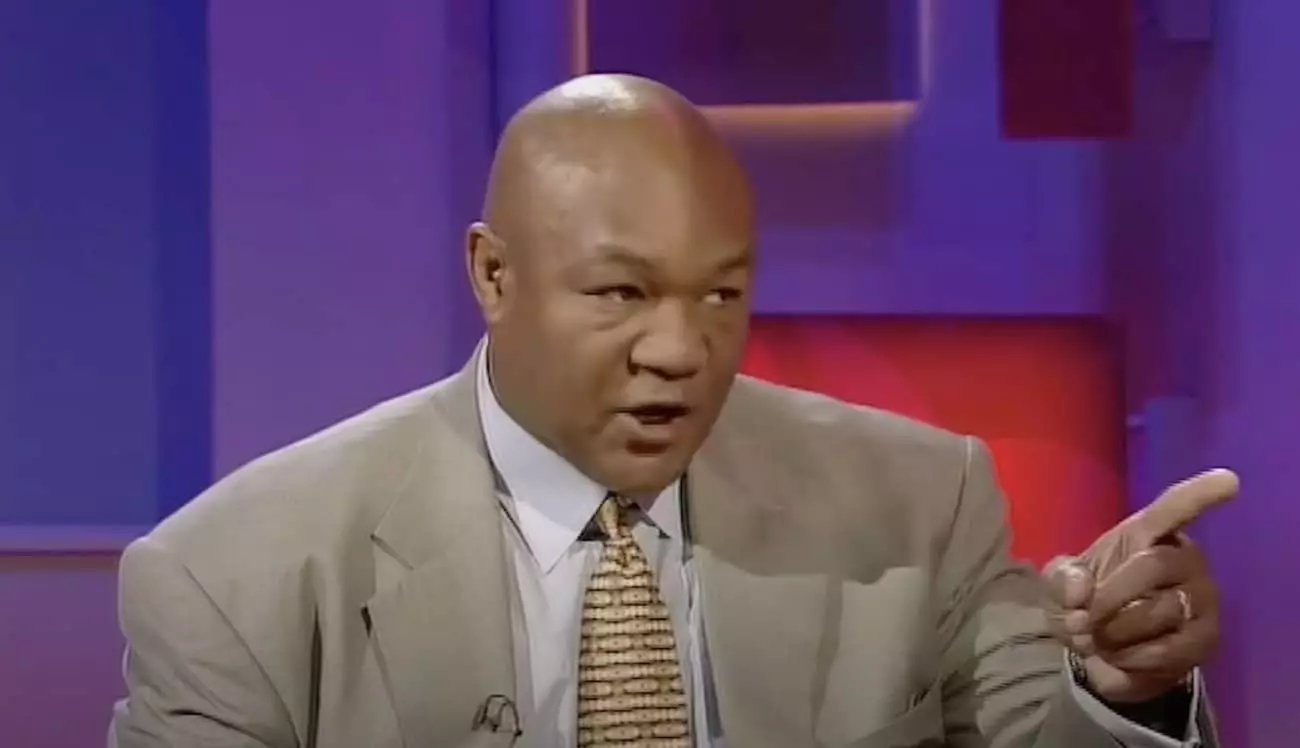The world of professional boxing is replete with moments that define the lives of both fighters and fans alike. One such moment occurred three decades ago when George Foreman defied age and expectations to reclaim a semblance of the glory that had once slipped through his fingers. On November 5, 1994, in his bout against Michael Moorer, Foreman, at the age of 45, demonstrated that the heart of a champion can never truly fade, providing a narrative laden with redemption and an echo of what came before.
To fully appreciate Foreman’s triumph, we must first delve into the shadows of his past. This narrative might be incomplete without acknowledging his monumental loss to Muhammad Ali in 1974. That infamous bout in Zaire not only marked a seismic shift in the heavyweight division but left an indelible mark on Foreman’s psyche. Once the undefeated champion, Foreman fell under the lights, with Ali’s unorthodox tactics dismantling Foreman’s invulnerability. Afterward, he retreated from the public eye, grappling with defeat’s harsh truths. This backdrop creates tension in our understanding of Foreman’s return to the ring years later, revealing that the stakes were as much emotional as they were physical.
By the time Foreman faced Moorer, society had moved on, but the ghosts of Foreman’s earlier career lingered. For many, he was still that young, fearsome fighter whose aggression once dominated the heavyweight landscape. Yet, here he was, donning the same iconic trunks he wore in Zaire, symbolizing both nostalgia and the quest for redemption.
The 1994 match against Michael Moorer was billed as “One For The Ages” — a headline that held deeper resonance than merely a marketing tagline. Moorer, an undefeated fighter, showcased a combination of speed and agility that had allowed him to scale the heights of heavyweight boxing. Trained in the famed Kronk Gym, Moorer was not just fighting to defend his title; he was also fighting against the legacy of his predecessor.
As the match commenced, fans and analysts alike anticipated a clear mismatch. Younger, quicker, and arguably more technically skilled, Moorer quickly established control, outpacing Foreman in both movement and strikes. But Foreman’s strategy wasn’t about speed; it was about inevitability. He methodically closed the distance, allowing the younger champion to burn energy while he remained deceptively patient.
Critics of Moorer claimed that his overzealousness was his undoing. Despite sound advice from his corner to maintain distance from Foreman’s powerful right-hand punches, Moorer succumbed to his own arrogance. With every round that passed, Foreman’s steely resolve shifted the narrative towards something approaching poetic justice. The night was still young, but a fateful misstep was looming in Moorer’s future.
In a stunning moment that will be etched in boxing history, Moorer strayed too close to Foreman, thrusting himself into range of the veteran’s legendary right hand. With lightning speed reminiscent of his youth, Foreman landed a blow that sent Moorer crashing down to the canvas. It was a visceral clash between past and present, between the wisdom that comes with age and the hubris of youth. As Moorer lay on the canvas grappling with the shock of what had just transpired, the echoes of Foreman’s own past loss seemed to reverberate throughout the arena.
When the final bell rang that night in Las Vegas, Foreman emerged victorious, but his triumph was not only a personal victory; it was a reclamation of identity. Celebrating in the ring, Foreman knelt in gratitude, embodying a sense of closure that had long eluded him. He had not merely defeated a younger opponent; he had vanquished the shadows of his past, reclaiming respect and admiration once again.
The emotional resonance of this fight extends beyond the obvious sporting narrative. Foreman’s victory was a testament to resilience, an embodiment of the notion that age does not diminish the heart of a champion if he remains willing to fight. This moment serves as a powerful reminder of the human spirit’s ability to overcome not just opponents in the ring, but the very battles we wage within ourselves.
In retrospect, Foreman’s career reflects the complexities of legacy in professional sports—a narrative filled with loss, redemption, and the unyielding quest for meaning through struggle. His bout against Moorer will forever remain a cornerstone of boxing lore, encapsulating the essence of resilience and the undying spirit of a fighter who, against all odds, found peace in a moment he thought was lost forever.

